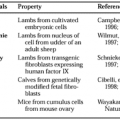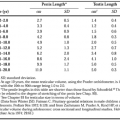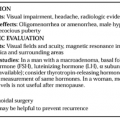THYROID PHYSIOLOGY: SYNTHESIS AND RELEASE, IODINE METABOLISM, BINDING AND TRANSPORT
H. Lester Reed
The thyroid hormones, L-3,5,3′,5′-tetraiodothyronine (L-thyroxine [T4]) and, to a much less extent, L-3,5,3′-triiodothyronine (L-triiodothyronine [T3]) are synthesized by the follicular epithelial cells of the thyroid gland. This synthesis requires the availability of iodine and is increased by thyroid-stimulating hormone (thyrotropin; TSH) from the anterior pituitary gland through a specific thyroidal receptor.
Small amounts of thyroid hormone are secreted continuously into the blood and are almost entirely bound (in a large circulating reservoir) to plasma proteins (Table 30-1), with a very small percentage remaining unbound or free. The speculation is that the free hormones (free T4 and T3), principally derived from circulating T4, enter the cell and mediate their effects through specific nuclear receptors (see Chap. 31), which are heterogeneously distributed among tissues. The hypo-thalamic–pituitary–thyroid axis is regulated by autocrine, paracrine, hemocrine, and environmental factors to maintain steady-state hormone economy.
Stay updated, free articles. Join our Telegram channel

Full access? Get Clinical Tree






